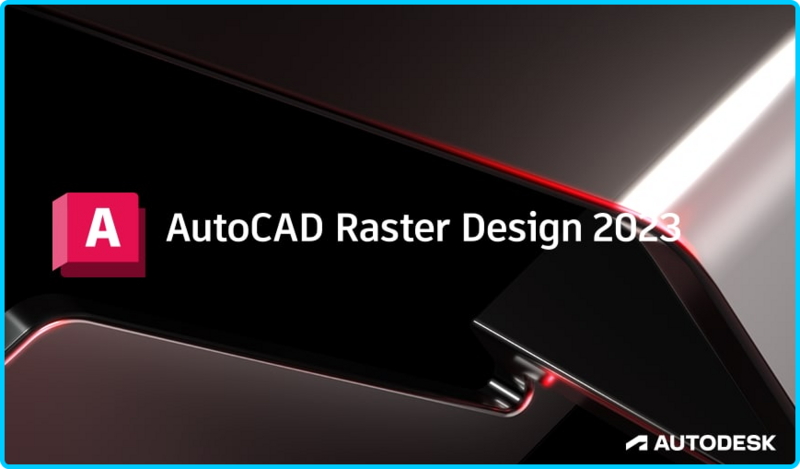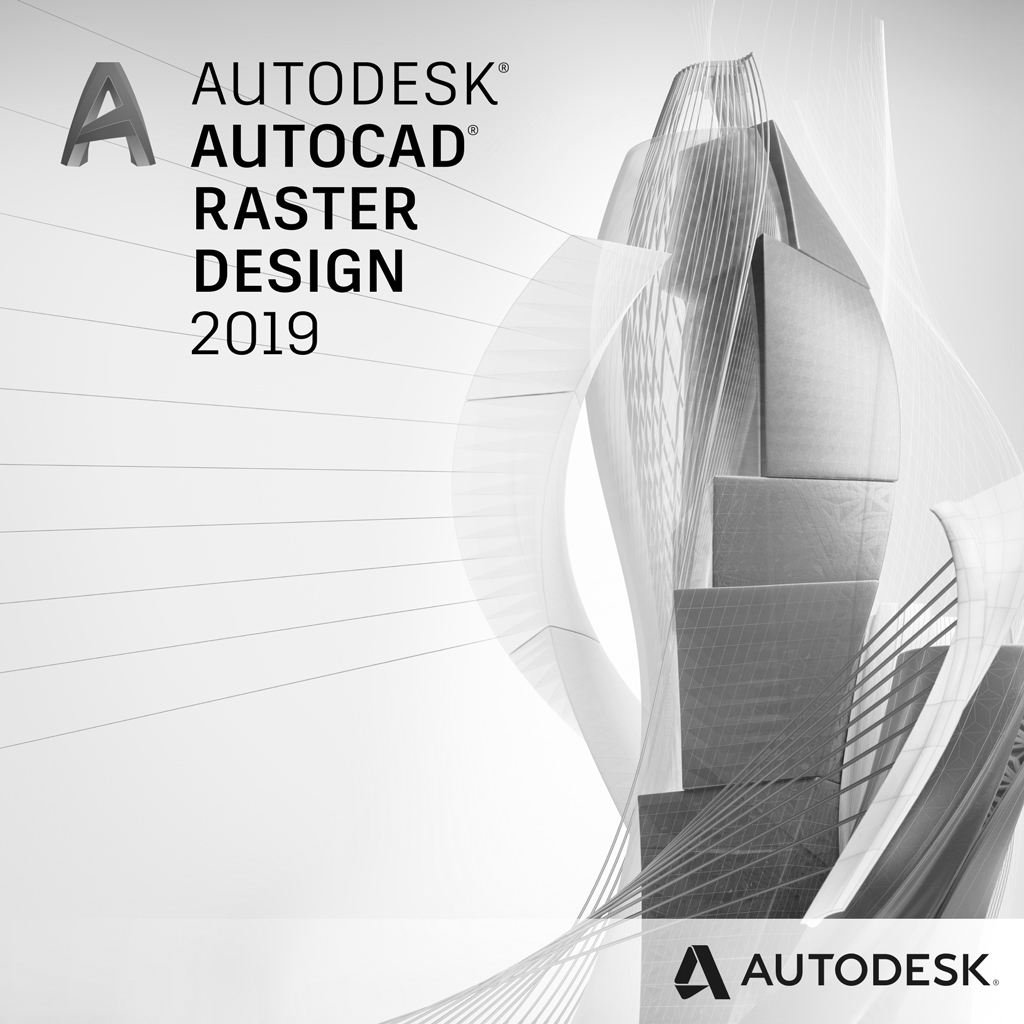AutoCAD Raster Design Toolset Basics
Table Of Content

That is, if you send over the file to a different machine without sending over the separate reference image, the file won’t open accurately. The first thing you need to adjust after exiting the dialog box is the position and scale of your inserted image. Use the Scale command to accurately change the size of the image or simply drag one of the corners of the image to adjust its scale. Here, you can browse for your image, but also take note of the tick boxes at the bottom. “Insertion wizard”, the default choice, will give you various guided prompts for you to personalize the insertion of the image. If you’re good with the default settings of the Insertion Wizard and don’t want to waste time going through the individual prompts, you can opt for the Quick Insert tick box.
'Bridges to Prosperity uses AutoCAD because it’s a powerful tool for making clean drawings.'
The latest version of Raster Design can open all common image formats and can support all the formats that AutoCAD can handle. Use these tutorials to learn how to perform specific tasks with images from various sources, such as scanned drawings, photographs, and satellite imagery. AutoCAD Raster Design toolset also provides efficient tools for cleaning up and archiving paper-based drawings in digital form. In these exercises, you set AutoCAD Raster Design toolset options that control feature settings and learn how to control image display. Also, you learn how to view and modify the properties of an image or a group of images, and how to save modified images.
What Is AutoCAD? – Simply Explained - All3DP
What Is AutoCAD? – Simply Explained.
Posted: Wed, 08 Feb 2023 08:00:00 GMT [source]
Raster Design toolset features
When you’re ready with the final image, you might want to embed the image onto the file. Collaborate on the web and mobile to capture, share and review ideas on the go. Use features that unlock insights and automations with the help of Autodesk AI.
Power your productivity with AI
This topic explains how to work creatively and efficiently with raster image data in your drawings. The process begins with inserting one or more images, at which time you can modify some essential display characteristics. When you save the images, you can choose whether to modify the original versions and whether to link the images to your drawing. Converting raster entities to vector makes it easier to modify a drawing and can reduce the total file size of your project.


A common operation that needs to be done when converting images to black and white is to invert the resulting colors from the Process Image process. Simply click on the “Cleanup” tab and on the drop-down menu, click “Invert”. You should complete the exercises in this tutorial before continuing with the other AutoCAD Raster Design toolset tutorials. The subsequent tutorials assume that you are familiar with the features covered in these exercises. Click on the “Vectorize & Recognize Text” button on the Ribbon Tab and then click the “Primitives” button. The drop-down menu will have options to recognize lines, polylines, rectangles, circles, and arcs.
Organization of the Tutorials
Each tutorial contains a set of exercises using images designed to explore the various features of AutoCAD Raster Design toolset. Each tutorial refers to a folder containing the images and drawings for the exercises. Raster Design works best when working with black and white – bitonal – images. To turn an otherwise colored inserted image black and white, click on “Process Image” on the Ribbon tabs.
AutoCAD: All You Need to Know Before Getting Started - 3Dnatives
AutoCAD: All You Need to Know Before Getting Started.
Posted: Sat, 08 Jul 2023 07:00:00 GMT [source]
After conversion, you can edit the vector entities using AutoCAD commands. To convert raster to vector, you can use the AutoCAD Raster Design toolset vectorization tools (VTools). If you’ve ever tried to do it manually before, you’ll know that complex images will sometimes take hours to fully and accurately plot onto a CAD file. There is conversion software online for these types of processes but not all produce accurate and workable output. That’s why Autodesk saw it fit to release Raster Design which is specifically designed to take out most of the tedium in importing image files.
The program has users in the architectural, project management, engineering, urban planning, and graphic design fields. Autodesk AutoCAD is used by students, architects, designers, engineers, project managers, property developers and construction professionals to create precise 2D and 3D drawings. Once you’ve done your edits, exit the tool by using the buttons on its toolbar. You can choose “Cancel” to exit without executing the changes you made or Ok to exit and push through with the edits. The price of an annual AutoCAD subscription is and the price of a monthly AutoCAD subscription is .
You should first complete Basic Tasks Tutorial to learn some basic skills, then move on to the other tutorials in any order you choose. However, the exercises within each tutorial are organized in a logical sequence, and you should follow them in that order to avoid confusion. Autodesk AutoCAD can run on Microsoft® Windows® Apple® macOS® and Linux®. See AutoCAD system requirements (US site) for details.Every Autodesk AutoCAD subscription includes AutoCAD on the web and mobile. See AutoCAD on mobile system requirements (US site) for version details. Autodesk AutoCAD on the web is supported by 64-bit Google Chrome, 64-bit Mozilla Firefox and 64-bit Microsoft Edge on Windows or Mac.
This tutorial shows you how to use AutoCAD Raster Design toolset to work with images of photographs and maps. Show and analyse geo images in Civil 3D civil engineering software and the AutoCAD Map 3D toolset. With raster entity manipulation (REM) commands, you can edit raster entities and regions with vector-like precision. You can create a selection set of a raster area or raster entities, then move, copy, or delete the selection set using native AutoCAD commands. In AutoCAD Raster Design toolset, image frames are defined as AutoCAD objects, which means you can assign a frame to a layer and change its color.
After editing all the lines, you might want to convert them back into raster image lines to match with the rest of the remaining image. Do this by selecting the vector lines, right-clicking on them, and then selecting “Merge Vector to Raster Image”. Align your cursor with the line or lines you wish to convert into vector objects and if the object is recognized by Raster Design, dashes will appear on it along with a yellow arrow. Accept the recognized line by pressing Enter and the program will turn it into a vector AutoCAD line while erasing the original pixel line. Sometimes you’ll find that lines recognized and converted by this tool might not always meet at corners as accurately as you’d like. Look for the “Cleanup” option in the Ribbon Tab and choose “Despeckle” from the drop-down menu.
For example, you can use several methods to insert images into drawings. When additional exercises are available, the exercise introduction contains links to the related exercises. You can use AutoCAD Raster Design toolset to edit and manage raster data. This type of data is produced when you scan a paper drawing, blueprint, or photograph. For information on these drawing files, see Using the Tutorial Images and Drawings.
If you have infrequent users and are interested in a pay-as-you-go option, please visit /flex to learn more. AutoCAD enhances your 2D and 3D design experience by giving you the tools to unlock insights and automations with the help of Autodesk AI. Vector data, on the other hand, is created by mathematical equations that generate lines, arcs, and other AutoCAD objects. Vector data typically consists of points that define precise geometric shapes. With a subscription to Autodesk AutoCAD software, you can install it on up to three computers or other devices. However, only the named user can sign in and use that software on a single computer at any given time.
Comments
Post a Comment